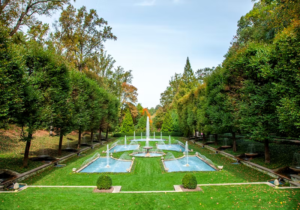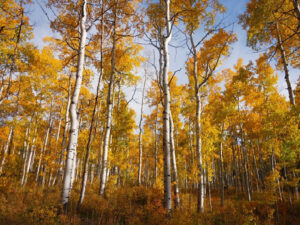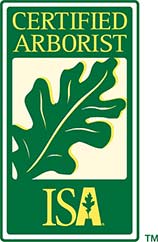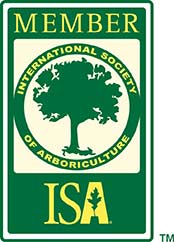Regardless of where you go on this beautiful planet, you can usually spot some trees in any direction. Trees are the lifeblood of our world, taking in all the CO2 and in return, giving us oxygen to breathe. Like plants, trees require water, sun, and nutrients in order to survive. The tree consists of the trunk, roots, and crown (which are branches and leaves). All of these components play a part in survival.
So how are trees so pervasive, and what does it take for them to not survive? That’s what this blog post is all about. Next time you search for a Charleston tree company, think of Connor Tree Service.
Let’s get started.
Xylem and Phloem
I know it’s a fancy word, but don’t let that scare you away. Xylem is plant vascular tissue that transports waters and minerals, as well as providing physical support for the tree. Xylem has tracheary elements, which are water-conducting cells. Xylem is found in all vascular trees and plants in addition to angiosperms and gymnosperms.
The other component of the xylem is phloem. Again, another fancy word, but it’s just the tissue that handles all the sugars. It’s also known as “bast”. It conducts all the foods that are made in leaves to all other parts of the plants/trees. When xylem and phloem are in the best condition, it leads to the tree’s ability to mature properly, correct pruning practices, correct crown density, and much more great things for the tree. Without xylem and phloem, trees wouldn’t be able to survive.
Photosynthesis
We all know what this is. In fact, it’s probably one of the first advanced words that you ever learned as a kid. Photosynthesis is the process of turning sunlight into food. This happens in trees and plants. What really goes on behind the scenes is the leaves pull in carbon dioxide as well as water, and using the energy of the sun, chemicals compounds like sugars are created that then feed the tree. A by-product of this happening is the CO2 being converted into O2 (oxygen). Pretty amazing, huh?
For a tree’s survival, this is equally important as a tree’s xylem and phloem. The word “photosynthesis” actually means “putting together with light”. The place that the photosynthesis actually occurs is called chloroplasts, which are located inside of leaves. This area contains the green color known as chlorophyll.
Here are some cool facts. About 80% of the Earth’s total photosynthesis occurs inside of the ocean. And of that, 50-80% of the world’s oxygen is generated through ocean plant life. The other part of that percentage comes from terrestrial plant life, like in forests. So it’s a very worrying thing that is happening in the largest forest, the Amazon Rainforest, where many trees are being cut down.
Get an assessment and quote from Connor Tree Service today.
Winter Survival
Considering the fact that trees thrive on water, the water is surely freezing in the winter. So how are trees able to survive the frigid cold? Similar to bears, bats, and other hibernating animals, trees enter a state of dormancy similar to hibernation. Surely they wish they could just migrate south to warmer climates as the other animals do.
When they are in this state of dormancy, their energy consumption, growth, and metabolism all slow down drastically. This works for them because during the winter there is less water and sunlight available. For the leaves that haven’t already fallen in the previous season, more Abscisic Acid is released, which tells the leaves to detach from the branches in order to prevent more energy than is necessary to survive from being spent. This happens only in deciduous trees such as oaks and maples, not coniferous trees like evergreens.
Trees Thrive In Groups
Similar to humans, trees are members of communities that are dependent on each other. Nature is all about sharing! Trees play off of one another’s shape, maximizing their ability to soak up the sun and water. When trees are by themselves, there is little wind resistance and they receive full exposure to the elements, which limits their ability to survive. This is why trees thrive the best in groups. They only need so much water, anyway.
Contact Connor Tree Service Today
For all things tree-related, you can contact Connor Tree Service to help you with your unique needs. Whether it’s tree trimming, tree removal, or stump grinding and storm cleanup, etc., we have your back. Our business was started with a vision to maximize customer experience and provide serious attention to detail. Get a quote here.
And remember, the next time you search for a Charleston tree company or search for an arborist in Charleston, SC, think of Connor Tree Service.









